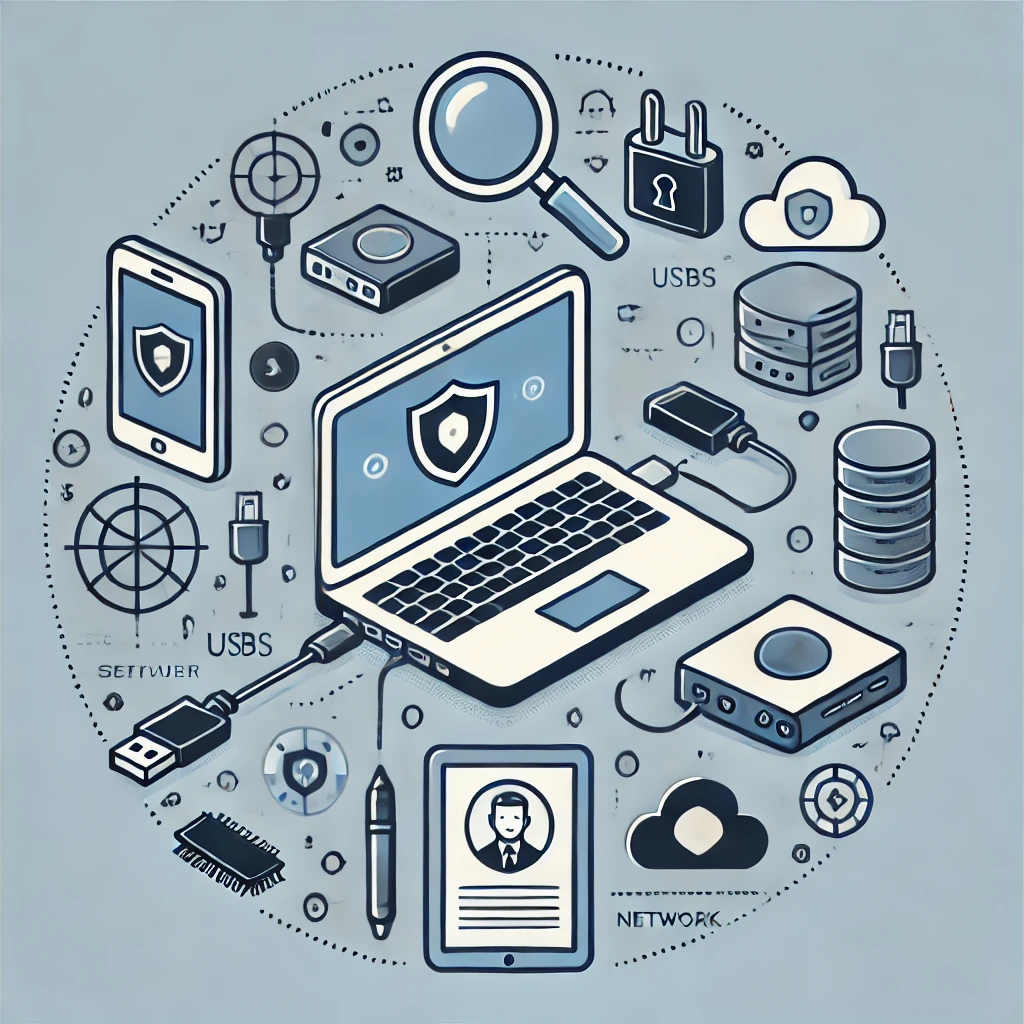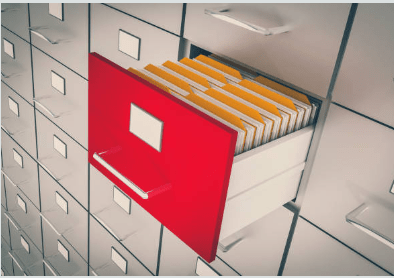Data acquisition is one of the fundaments of digital forensics-it entails gathering and preserving digital evidence from different devices while keeping the integrity of that evidence. It is this stage that poses much importance in any kind of forensic investigation since it is at this very step that original analysis and possible judicial processes start. In this blog post, we shall focus on the main data acquisition methods and tools in the field.
Data Acquisition
Data acquisition in the context of digital forensics refers to the process of gathering, documenting, and preserving digital evidence from computers, smartphones, tablets, among other digital storage media. Such a process is crucial in ensuring integrity in evidence, which can be incredibly vital in investigations concerning cybercrime, fraud, or data breaches.
Importance of Data Acquisition
- Evidence Integrity: The acquired evidence would most likely be admissible if collected without any alterations.
- Thorough Investigation: Data collected determines the intensity and accuracy of forensic analysis.
- Legality: Correct acquisition techniques ensure legal and regulatory considerations are upheld so that rights of all parties are protected
Types of Data Acquisition: Live vs Dead
1. Live Acquisition
The technique of collecting data from a device while still turned on and running is known as live acquisition. This kind of method helps forensic investigators capture volatile data such as:
RAM, or Random Access Memory: Critical information includes encryption keys, running processes, network connections, and unsaved documents.
Running Processes: What programs are active at the time of acquisition.
Network Traffic: Direct and immediate network connections, as well as data transfers.
Advantages:
- Volatile Data Collection: This is very important for the collection of volatile data that would otherwise be deleted if the computer were to be turned off.
- Real-Time Evidence : It allows forensic investigators the opportunity to collect live activity of the network or applications in use.
Disadvantages:
- Data Corruption: Interacting with the live system may accidentally modify the data.
- Encryption Problems: Encryption may become a concern over some of the collected data.
When to Use: Live acquisition is often used in incident response, active network intrusions, or any case where volatile data is crucial to the investigation.
2. Dead Acquisition
Dead acquisition simply implies the collection of data from a powered-off device. The methodology herein is focused on acquiring non-volatile data stored on the hard drive or other forms of storage media.
Advantages:
- Low Tampering Risk Data: The system will have a very minimal risk of data alteration since it is completely powered off.
- Full Disk Imaging: It gives the forensic investigators a mirror or an image of the storage medium. It provides active files, deleted files, and unallocated space.
Disadvantages:
- No Access to Volatile Data: RAM contents or active processes cannot be accessed.
- Slower Process: Full disk images creation can be longer and resource-consuming.
When to Use: It should be utilized when an investigator needs a detailed, static image of the storage medium for forensic purposes, for instance, in crimes like criminal investigations, fraud, or computer misuse.

Data Acquisition Methods
Data acquisition can be broadly categorized into three primary methods: logical acquisition, physical acquisition, and network acquisition. Each method has its own advantages and applications.
1. Logical Acquisition
Logical acquisition involves the process of acquiring particular files or folders from a device without creating a whole image of the storage medium. This method focuses on acquiring only the relevant data needed for an investigation.
Advantages:
- Speed: Since it is data-specific, logical acquisition is relatively less time-consuming than physical acquisition.
- Less Storage: It requires less storage space than a full forensic image.
Applications: For logical acquisition, it is highly recommended in situations where you need to collect targeted files or documents into the possession of an investigator within a short period. It is actually most common in insider threats and data thefts.
2. Physical Acquisition
Physical acquisition involves the gathering of an exact bit-for-bit image of the entire storage medium, meaning it, in addition to active files, captures deleted files, unallocated space, and slack space.
Advantages:
- Comprehensive Data Collection: All data is captured, giving a complete view of the contents of the device.
- Recover Deleted Files: Enabling investigators to recover files that had supposedly been deleted but were not overwritten.
Applications: Physical acquisition is used where thorough analysis of the device is primarily desired, such as criminal cases or advanced malware.
3. Network Acquisition
Network acquisition refers to getting information from devices connected to networks; this could simply mean one obtains live data traffic capture or even takes info off a server.
Advantages:
- Real-Time Analysis: It allows investigators to gather evidence in real-time, which might be essential in active situations.
- Holistic View: This captures the interactions among several devices to add depth to the investigation.
Applications: It is particularly suitable for cyber intrusion, data exfiltration, or monitoring suspicious network activity scenarios.
Data Acquisition Tools
There are numerous tools that could be used to help in data acquisition. These tools are designed for specific types of devices and evidence. Here are some of the most commonly found tools from the digital forensics arena, to know more about Forensic Tools, check this.
- FTK Imager: FTK Imager is one of the most-used forensic imaging software in which investigators can create forensic images of hard drives, mobile devices, and other storage media.
- EnCase Forensic: EnCase is one of the all-inclusive digital forensic tools that furnish a trusted suite for data acquisition, analysis, and reporting.
Best Practices in Data Acquisition
To successfully acquire data, the professional should strictly observe the following best practices:
- Observe Legal Rules: Seek legal compliance and rules in collecting evidence so that the process will not taint the investigation.
- Record Every Step: Maintain a detailed record of every step taken in the acquisition, which includes the date and time of collection and personnel.
- Chain of Custody: Document and store the entire set of evidence properly so that they will be in good condition and of verifiable authenticity for the courts.
- Use Respected Tools: Use tools that are trusted and validated in terms of their forensic integrity so that the data acquisition may be trusted.
- Proof of the evidence: hashing algorithms prove that no changes are involved during acquisition as well as over the period of investigation.
Digi9 provides data collection services from several devices are performed in the safest way without providing even the slightest form of alterations of the data. Through the use of cutting-edge tools, Digi9 ensures that the extraction of volatile and non-volatile data is successful and reliable for legal, cybersecurity, or investigative purposes.
Conclusion
Data acquisition is one of the most basic ingredients in digital forensics, which builds the ground for a good investigation. Use of proper methods and quality tools will enable efficient collection, preservation, and analysis of digital evidence by forensic professionals. As technology advances, getting information regarding new techniques of acquisition as well as newer tools employed will be crucial in order to maintain integrity in forensic investigations and to successfully overcome the intricacies of cybercrime.







